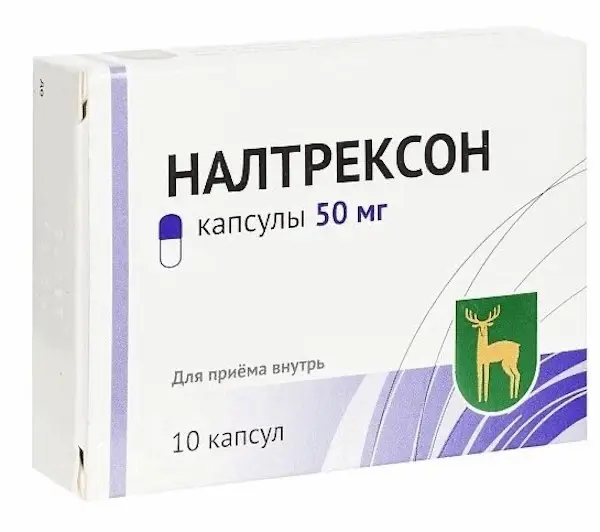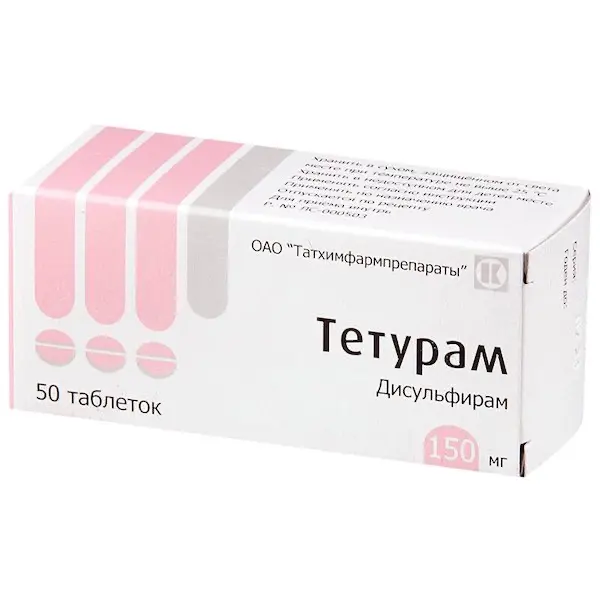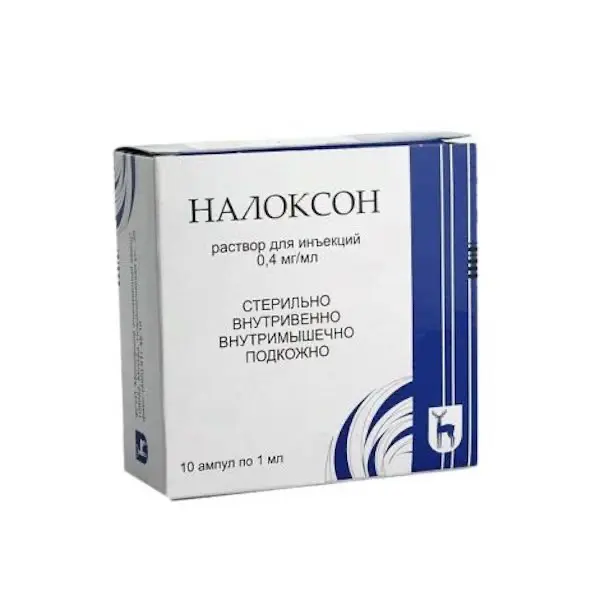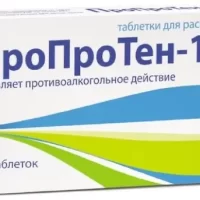Description
Naltrexone Pharmacodynamics
Naltrexone is a pure opioid receptor antagonist. It binds competitively to all types of opioid receptors and prevents or eliminates the effects of both endogenous opioids and exogenous opioid drugs – opioid analgesics and their surrogates. It has the highest affinity to ?- and ?-receptors. It reduces effect of opioid analgesics (analgesic, anti-diarrheal, anti-cough); it eliminates side effects of opioids (including endogenous), except for symptoms, caused by histamine reaction. Compared with naloxone, it is more potent and long-lasting. May cause miosis (mechanism unknown). Combination with opioids in high doses leads to increased histamine release with a characteristic clinical picture (facial hyperemia, itching, rash). In patients with opioid dependence it causes withdrawal attack.
Naltrexone does not cause disulfiram-like reactions, as with opioids and ethanol. In alcoholism, it binds to opioid receptors and blocks the effects of endorphins. Reduces the need for alcohol and prevents relapses within 6 months after a 12-week course of therapy (treatment success depends on patient consent). Long-term prescribing does not cause tolerance or dependence.
With long-term concomitant administration, it prevents the development of physical dependence on morphine, heroin and other opioids. In a dose of 50 mg, it blocks the pharmacological effects of 25 mg of intravenous heroin for 24 hours, a double dose (100 mg) for 48 hours, and 150 mg for 3 days. Competitive blockade of opioid receptors can be overcome by administration of a higher dose of an opioid analgesic.
Indications
– Treatment of alcohol addiction and blockade of effects of exogenously administered opioids.
– Comprehensive treatment of opioid dependence in order to maintain the patient in a state in which opioids cannot exert their characteristic effect.
– The drug is indicated to prevent relapse of opioid addiction after opioid detoxification.
– Complex therapy of alcoholism, including maintenance therapy, in the same dosages as for heroin addiction against the background of psychotherapy.
Contraindications
Patients with opioid dependence, including those under treatment with opioid agonists or partial agonists.
Positive naloxone sample. Use of opioid analgesics or a positive urine opioid test. Positive urine opioid test.
Opioid withdrawal syndrome.
Hypersensitivity to components of the drug.
Acute hepatitis or liver failure. Lactase deficiency, lactose intolerance. Glucose-galactose malabsorption.
Caution
Impairments of liver and/or kidney function.
Administration during pregnancy and breast-feeding.
The drug belongs to the category C according to the degree of toxicity.
Teratogenic effect was determined in experiments on rats (doses 30 times higher than those recommended for humans just before and during pregnancy) and in rabbits (doses 60 times higher than those recommended for humans).
Administration of the drug during pregnancy is possible only if the potential benefit from its use exceeds the potential risk to the fetus.
During oral administration of naltrexone, excretion of naltrexone and 6-beta-naltrexol with breast milk was noted. Because of the potential carcinogenicity and the possibility of serious adverse events in breastfed children, a decision should be made to discontinue therapy with the drug while breastfeeding or to stop breastfeeding during treatment with the drug, depending on the degree of importance of the therapy for the mother.
Dosage and administration
- Treatment of opioid dependence.
- Phase of administration of naltrexone therapy.
- Naltrexone treatment is started after the patient has abstained from opioid use for 7-10 days (if there are no withdrawal symptoms). Abstinence from opioids is identified by urinalysis tests for opioids. Treatment is initiated with a negative provocation sample of 0.5 mg of naloxone.
- Description of the naloxone challenge: the patient should receive 0.2-0.4 mg of naloxone intravenously for 5 minutes or by subcutaneous or intramuscular injection. If there is no reaction to the naloxone injection within 15-30 minutes, a second dose of the drug 0.4 mg intravenously or 0.4-0.8 mg subcutaneously is administered and the reaction is monitored. The test shall be considered positive if there is pronounced mydriasis, changes in affect from complacent-sleepy to dysphoric, behavioral disorders, appearance of signs of opium withdrawal.
- The naloxone test is not indicated in patients with withdrawal symptoms or if opioids are detected in the urine. The naloxone test may be repeated after 24 hours.
- Naltrexone treatment should be started with caution, increasing the dose incrementally. The contents of the capsule are dissolved in 50 ml of water. Initially, 25 mg of oral naltrexone (contained in 25 ml of the starting solution) is given. The physician should monitor the act of swallowing the drug solution.
- Maintenance therapy with naltrexone.
- The day after the initial dose, naltrexone should be given as 50 mg every 24 hours (this dose will be sufficient to block the effects of parenterally administered opioids, such as 25 mg of heroin given intravenously).
- 100 mg of naltrexone is given every 2 days or 150 mg every 3 days.
- Treatment of alcoholism.
- As part of combination therapy.
- Daily dosing of 50 mg of naltrexone; minimum course is 3 months.
- Treatment should be part of an appropriate program to eliminate alcohol dependence. Adherence to all components of alcoholism treatment that affect a favorable outcome should be monitored throughout the course of treatment. It is recommended that medication treatment be accompanied by a course of psychotherapy.





